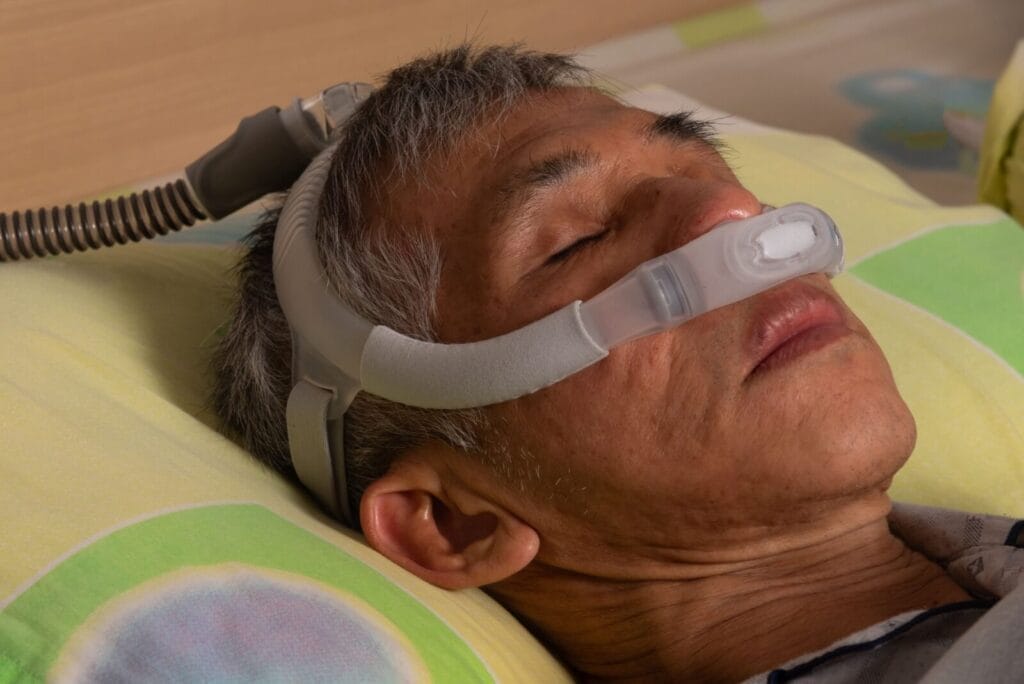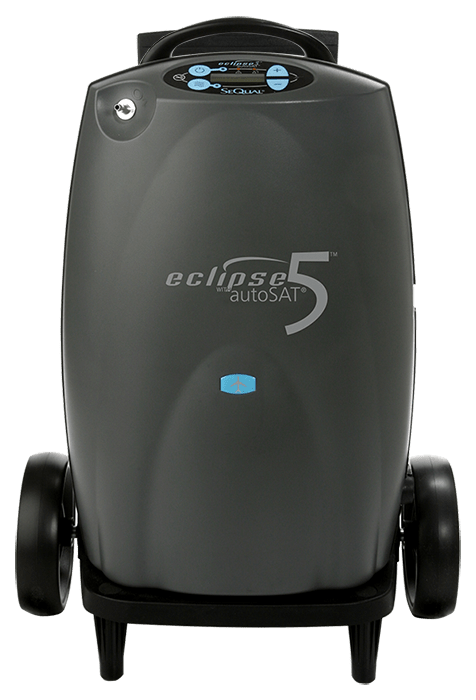
If you’ve been diagnosed with sleep apnea, it’s likely your doctor has recommended you use a continuous positive airway pressure (CPAP) machine. CPAP machines help people breathe during sleep and are often the first line of treatment for moderate to severe obstructive sleep apnea.
But here’s the catch: CPAP machines aren’t cheap, costing anywhere from $500 to $1,650, and that’s before you factor in replacement masks, tubing, filters, and ongoing maintenance. The good news is you may not have to pay for it all out of pocket. There are a number of programs and insurance plans that help people pay for a CPAP machine — some even covering the entire cost. Whether you’re a senior on Medicare, a Veteran, or someone with limited income, there are options. Let’s walk through the most common ways to get help paying for a CPAP machine.
Medicare can help pay for your CPAP machine
If you’re 65 or older or qualify for Medicare due to a disability, you may be eligible for CPAP coverage through Medicare Part B. Medicare considers CPAP machines durable medical equipment (DME), which means they’re eligible for coverage if you meet certain criteria.
According to Medicare.gov, “Medicare may cover a 3-month trial of CPAP therapy devices and accessories if you’ve been diagnosed with obstructive sleep apnea. After the trial period, Medicare may continue to cover CPAP devices and accessories if you meet with your doctor in person, and your doctor documents in your medical record that you meet certain conditions and the CPAP is helping you.”
Below are some more details about Medicare and CPAP coverage:
- Eligibility and requirements: Your doctor must prescribe the CPAP machine, and Medicare will only cover the equipment if it’s ordered from a Medicare-approved supplier.
- How much is covered: Medicare typically covers 80% of the cost of renting the equipment and purchasing supplies after you meet your Part B deductible. You’re responsible for the remaining 20% unless you have a Medigap policy that covers this portion.
- Ownership: Medicare pays the supplier to rent a CPAP machine for 13 months if you’ve been using it without interruption. After Medicare makes rental payments for 13 continuous months, you’ll own the machine. Medicare will not cover the outright purchase of a CPAP machine.
Here are the steps to get Medicare to cover your CPAP machine:
- Get a prescription from your doctor, which typically requires that you do a sleep study.
- Choose a Medicare-approved DME supplier.
- Use your CPAP machine continuously for 13 months, after which you will own the equipment.
VA benefits can help cover your CPAP machine
If you’re a Veteran enrolled in VA health care, you may qualify to receive a CPAP machine through the VA. You must be enrolled in VA health care and have a documented diagnosis of sleep apnea and a prescription for a CPAP machine. The VA may cover 100% of the cost of the machine, mask, tubing, and necessary follow-ups. Contact your local VA health facility to see what coverage is available to you.
Medicaid can help cover your CPAP machine
If you have a low income and qualify for Medicaid, you may be able to get help paying for a CPAP machine. However, Medicaid coverage varies widely by state.
For Medicaid to pay for a CPAP machine, you must qualify for Medicaid in your state and have a diagnosis of sleep apnea. A doctor’s prescription is required, and you’ll need to get your equipment from a Medicaid-approved supplier.
Some states cover the full cost of a CPAP machine, while others cover only a portion. In some cases, coverage may be limited to rental for a trial period before full coverage kicks in. Even though your equipment may be rented, it will typically become yours after you have rented it for a certain number of months, depending on your state’s Medicaid program.
States also have different requirements for providing continued coverage of your CPAP machine. For example, Florida Medicaid requires a redetermination of medical necessity every 12 months, and in Michigan, Medicaid requires documentation beyond the first four months to continue coverage of the machine.
Because Medicaid rules are state-specific, it’s important to check directly with your state’s Medicaid office or website to understand what’s covered.
Private insurance
If you have employer-sponsored insurance or an individual health insurance plan, your policy likely includes coverage for CPAP machines.
As with Medicare and Medicaid, a sleep apnea diagnosis and a doctor’s prescription are standard requirements. Coverage varies by plan. Some require you to rent the machine first and then purchase it later if you show compliance through regular usage.
Here are the steps to get insurance coverage for a CPAP machine:
- Confirm benefits with your insurance provider.
- Get a prescription from a doctor.
- Work with an in-network DME supplier.
- Meet compliance requirements if the plan mandates a trial period.
It’s smart to ask your insurance company upfront whether preauthorization is required and what your out-of-pocket costs will be.
Nonprofits and community resources
You might find help through nonprofit organizations or local charities that assist people with medical equipment needs. These programs typically prioritize individuals with low income, no insurance, or urgent medical needs. Requirements vary, but most will ask for a prescription and require a brief application.
Some nonprofits provide machines at no cost, while others offer refurbished equipment at a significant discount.
Search for local nonprofits, community health clinics, or national programs. For example, the American Sleep Apnea Association has a CPAP Assistance Program that provides CPAP machines and supplies to people facing financial hardship.
Refurbished CPAP machines
Some medical equipment suppliers offer refurbished machines, which can get you the CPAP therapy you need at a fraction of the cost of a new machine. Just be sure to research the company or organization to ensure that they are reputable and that the equipment is safe, clean, and certified refurbished. For example, it is not recommended to purchase a used machine from eBay or Craigslist.
Final thoughts on paying for a CPAP machine
Paying for a CPAP machine doesn’t have to drain your savings. Between Medicare, VA benefits, Medicaid, private insurance, and community resources, there’s likely an option that fits your situation. The key is to start with your diagnosis and a doctor’s prescription, then work through the resources available to you based on your age, income, and coverage status. It might take a little paperwork and patience, but help is out there.








